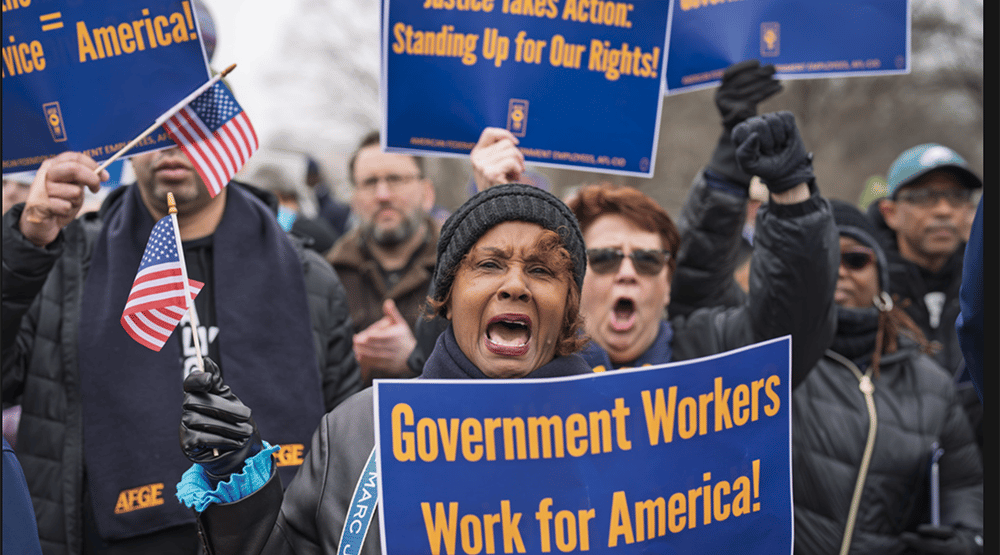Trump’s Executive Actions: Reshaping the Federal Workforce with Shock and Speed
4/28/20253 min read


Trump’s Executive Actions: Reshaping the Federal Workforce with Shock and Speed
In January 2025, President Donald J. Trump returned to the White House with a mission to overhaul the federal government. His flurry of executive actions targeting the federal workforce—some 2.3 million civilian employees—has sent shockwaves through agencies, unions, and communities nationwide. From reinstating the controversial Schedule F (now Schedule Policy/Career) to imposing hiring freezes and slashing diversity programs, Trump’s moves aim to shrink and realign the bureaucracy to his vision. But what do these changes mean for federal workers, public services, and the future of governance? Buckle up for a dive into this seismic shift.
A Blitz of Executive Orders
Within hours of taking office, Trump signed over two dozen executive orders, many zeroing in on the federal workforce. The most headline-grabbing is the revival of Schedule F, rebranded as Schedule Policy/Career. This policy reclassifies up to 50,000 federal employees—about 2% of the workforce—in policy-influencing roles as at-will employees, stripping them of civil service protections. The goal? Swift removal of those deemed disloyal, corrupt, or underperforming, without the procedural hurdles that protect career civil servants. Critics argue this risks politicizing a merit-based system, harking back to 19th-century patronage politics.
Trump also imposed a hiring freeze, echoing his 2017 playbook, and ordered agencies to end remote work, pushing employees back to offices. The Department of Government Efficiency (DOGE), led by Elon Musk, was established to slash bureaucratic bloat, with a directive to hire only one new employee for every four who leave. In March 2025, a “deferred resignation” offer landed in federal workers’ inboxes, urging them to quit by February 6 with pay through September—a move unions called an “authoritarian power grab.”
The Human Toll
For federal workers, the mood is one of “fear, anger, and confusion.” At agencies like USAID, where 50 career civil servants were abruptly placed on leave, employees describe “chaos” and “whispering and crying” in hallways. The termination of diversity, equity, and inclusion (DEI) programs has led to immediate layoffs of DEI staff, raising concerns about workplace inclusivity. Probationary employees—up to 220,000 hired in the last two years—face mass terminations, with layoffs delivered via pre-recorded videos.
Unions, representing hundreds of thousands of workers, are fighting back. The National Treasury Employees Union and others have filed lawsuits, arguing that Schedule F and the resignation offers violate federal law. A federal judge temporarily blocked the resignation program, but legal battles continue. Workers, from TSA agents to VA nurses, fear that cuts will erode critical services, like Social Security processing or airport security.
The Bigger Picture
Trump’s defenders say these actions fulfill his promise to “drain the swamp” and restore accountability. Only 26% of civil service supervisors feel confident removing poor performers, and Trump argues that unaccountable bureaucrats undermine democracy. The White House claims DOGE will save billions by rooting out waste, with Musk asserting that an unchecked bureaucracy defies the “will of the people.”
Yet, experts warn of unintended consequences. A smaller workforce could strain border patrol, immigration courts, or veterans’ services—ironically, areas Trump prioritizes. A Pew Research Center report notes that federal spending on employees is just 5-6% of the $6.5 trillion budget, suggesting cuts may not yield the savings hoped. Moreover, losing expertise could create backlogs and erode institutional memory, as seen in past hiring freezes.
What’s at Stake?
The federal workforce isn’t just a faceless bureaucracy—it’s the backbone of services Americans rely on daily. From air traffic controllers to food safety inspectors, these workers keep the nation running. Trump’s actions raise a fundamental question: Should the civil service be a neutral, merit-based institution or a flexible tool of the president’s agenda? The answer could redefine governance for decades.
As legal challenges mount and workers brace for impact, the nation watches a high-stakes experiment unfold. Will Trump’s vision streamline government or destabilize it? Only time will tell, but the stakes couldn’t be higher.
Thought-Provoking Questions
Do you think stripping civil service protections will improve government efficiency or risk politicizing public service?
How might cuts to the federal workforce affect services you rely on, like Social Security or national parks?
Should presidents have more control over federal employees, or does a merit-based system better serve the public?
hello@boncopia.com
+13286036419
© 2025. All rights reserved.